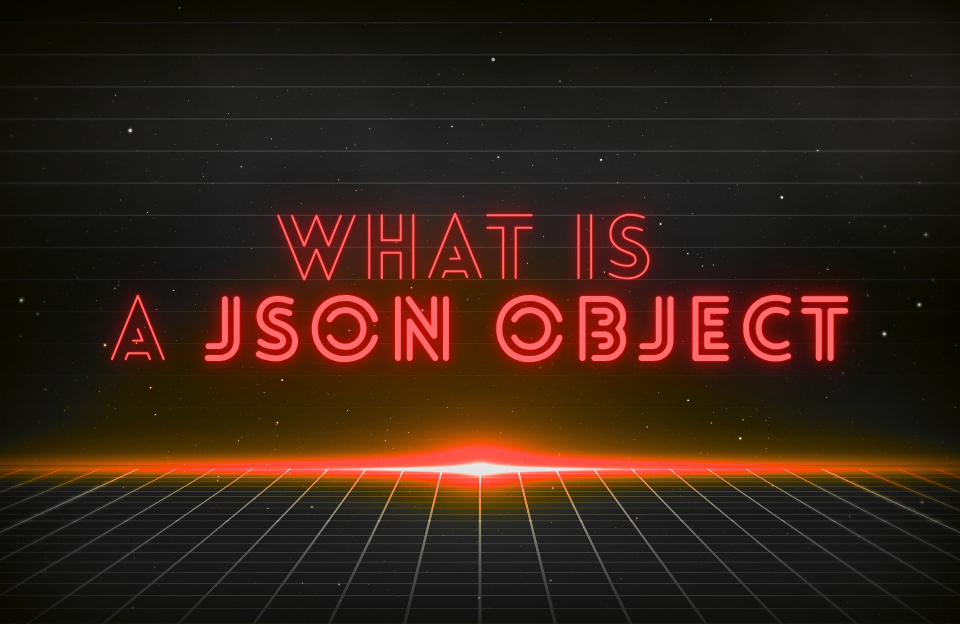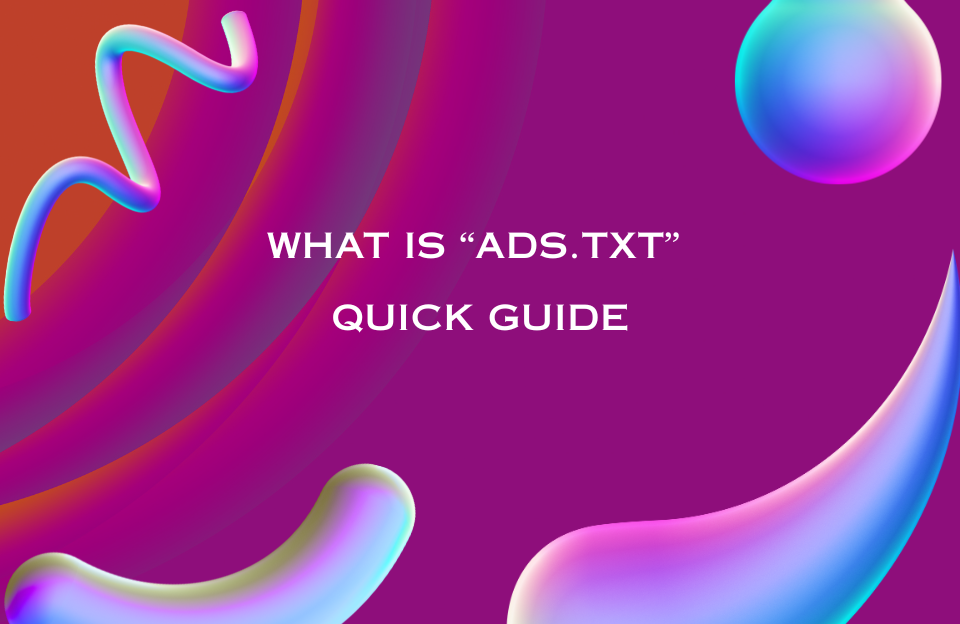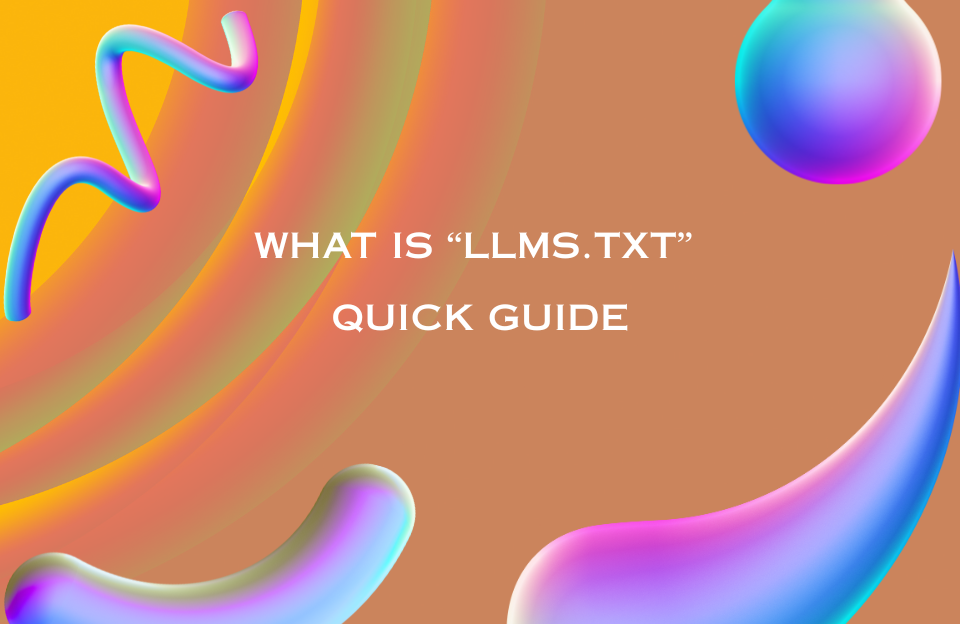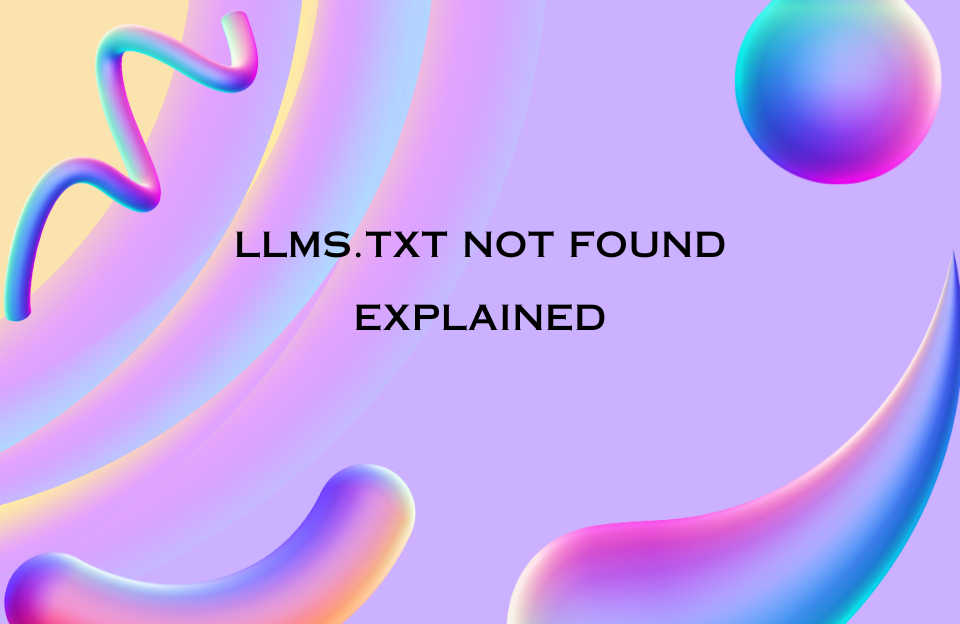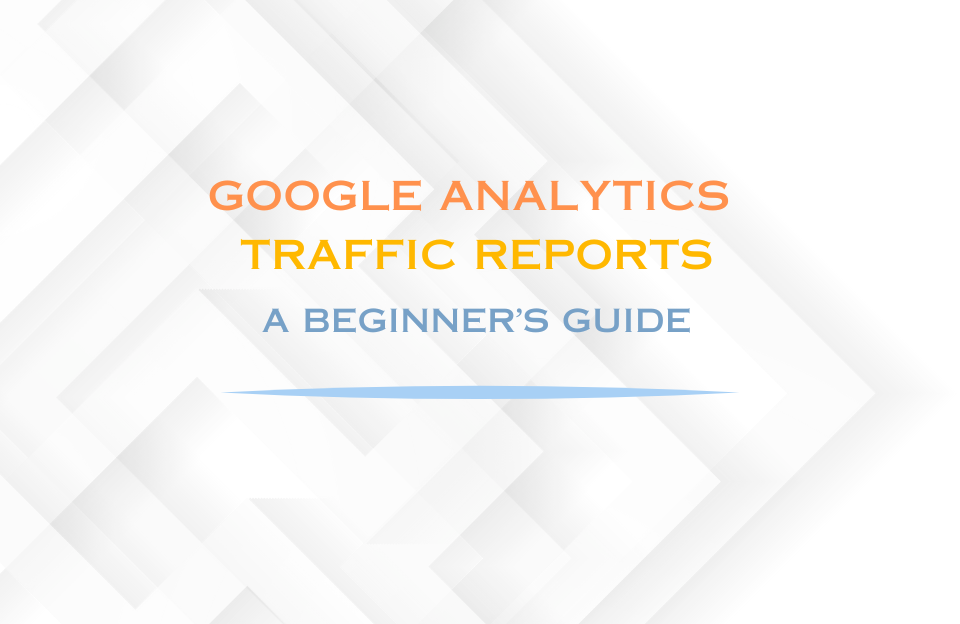Understanding Objects in JSON
JSON (JavaScript Object Notation) is a widely used data format that allows applications to exchange structured information in a readable way. One of its most fundamental building blocks is the object. JSON objects are used to represent structured data through key-value pairs and are essential in almost every API or application that uses JSON.
What Is a JSON Object?
A JSON object is a data structure that stores information as a set of key-value pairs. Each key is a string (enclosed in double quotes), and each key is followed by a colon and a value. The entire structure is enclosed in curly braces { }.
Think of it like a digital version of a real-world form or profile—each label (key) has a value assigned to it. For example, a person’s name, age, and email address can be stored in a JSON object using labeled fields.
{
"name": "Alice",
"age": 30,
"email": "[email protected]"
}This format is easy for both humans and machines to read, and it forms the backbone of most JSON-based APIs and web applications.
Key Characteristics of JSON Objects
- Keys must always be strings wrapped in double quotes
- Values can be of any JSON-supported type: string, number, boolean, object, array, or
null - Each key within an object must be unique
- Objects do not guarantee order, though most implementations preserve it
When to Use a JSON Object
Use an object when your data has named attributes or when you need to group related values under a single identity. Common use cases include:
- User profiles
- Product details
- Configurations or settings
- Metadata representation
Accessing Object Values
Given the following object:
{
"user": {
"username": "maxvg",
"email": "[email protected]",
"subscribed": false
}
}In JavaScript, you can access the values using either dot notation or bracket notation:
user.username // "maxvg"
user["email"] // "[email protected]"
user.subscribed // falseNested JSON Objects
Objects can contain other objects, allowing you to create deeply structured data. This is useful for modeling real-world entities:
{
"product": {
"id": 101,
"name": "Wireless Headphones",
"price": 59.99,
"specs": {
"battery": "12h",
"bluetooth": true,
"color": "black"
}
}
}You can access nested values by chaining keys:
product.specs.battery // "12h"
product["specs"]["color"] // "black"JSON Object vs JSON Array
It’s important to understand when to use an object and when to use an array. Here’s a comparison:
| JSON Object | JSON Array |
|---|---|
| Unordered key-value pairs | Ordered list of values |
| Accessed by key | Accessed by index |
Uses curly braces { } | Uses square brackets [ ] |
Common Use Case: Representing a User
Here’s a realistic JSON object that might represent a user profile in an application:
{
"id": 12345,
"name": "Nina Daniels",
"email": "[email protected]",
"roles": ["editor", "admin"],
"profile": {
"bio": "Passionate about digital design and UX.",
"website": "https://ninadaniels.com"
},
"newsletterOptIn": true
}This structure allows the application to easily access and display the user’s information and settings.
Best Practices for Working with JSON Objects
- Keep keys consistent and meaningful
- Avoid deeply nested structures when possible
- Use consistent data types for predictable behavior
- Validate JSON using tools or parsers to avoid syntax errors
Conclusion
JSON objects are the foundation of structured data in modern web development. Whether you’re building APIs, configuring automation workflows, or working with NoSQL databases, mastering JSON objects is a must. Their versatility makes them ideal for representing everything from user profiles to system configurations. Understanding how to structure, access, and validate them will give you a strong advantage as a developer or data professional.
In the next article, we’ll look at JSON arrays and how they complement objects to represent more complex data sets.
